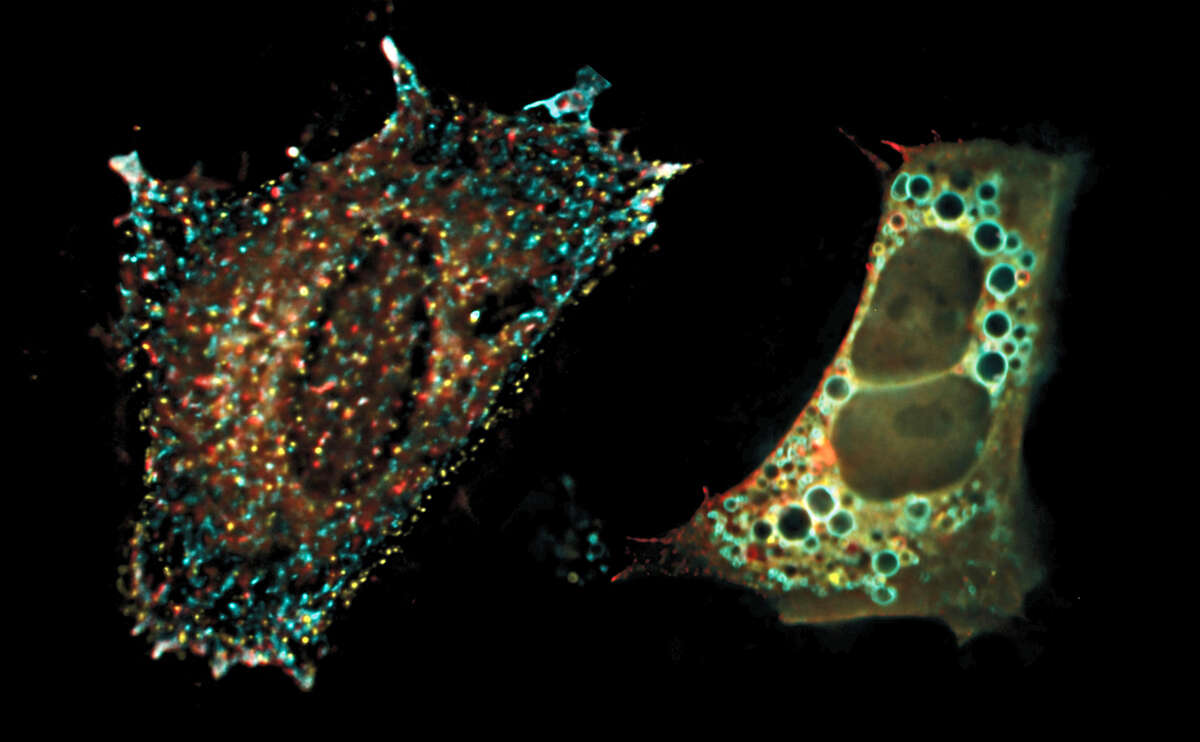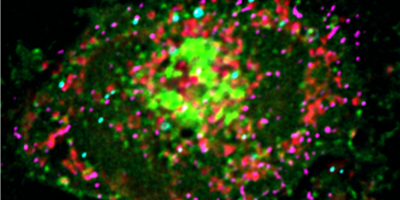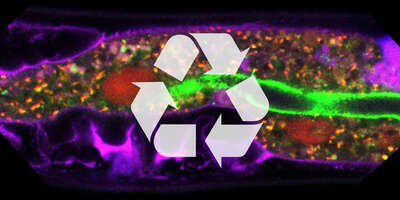Main Content
Principles of intracellular organization
Molecular transport processes ensure the correct distribution of protein and mRNA molecules in the cell. They are important for cellular function, cell polarity and response under stress conditions.
Correct intracellular localization of proteins and mRNA ensures cell survival. Specific localization of these molecules allows the development of multicellular organisms such as humans. Were this distribution to be disrupted, no specific cells with different cell fates could be formed, and in turn, no organs would develop. Furthermore, incorrect protein and mRNA localization may result in loss of cell polarity, an underlying cause of cancer and metastasis. Hence understanding of the localization will provide information important for development and stem cell biology.
Intracellular transport
Our work aims to understand the underlying mechanisms that enable precise protein and mRNA localization. In recent years, Golgi and post-Golgi trafficking, in particular the maturation of endosomes, became a focus in the lab. We want to gain a better understanding of how transport and signaling at the level of endosomes is regulated.
Localization of RNA molecules
Another focus is to understand the localization and stability of mRNA. Many RNAs are sequestered in different structures and assemblies. Those assemblies are self-organized and not membrane-bound. Hence the cytoplasm is able to partition in different areas that have specifically assigned functions. Thus mRNA localization in the cytoplasm is important for the temporal and spatial regulation of protein expression.
Cell response to stress
Cells encounter different stresses such as starvation, dehydration, mechanical stress or insults by pathogens. The cell mounts responses on the transcriptional and translational level and by modulating protein stability, localization and activity. We are addressing questions about how the proteome is changed through translational control and mRNA localization and decay and about how the localization of key proteins at the plasma membrane changes upon a variety of stresses, to decipher general and stress-specific roles in stress adaptation.





